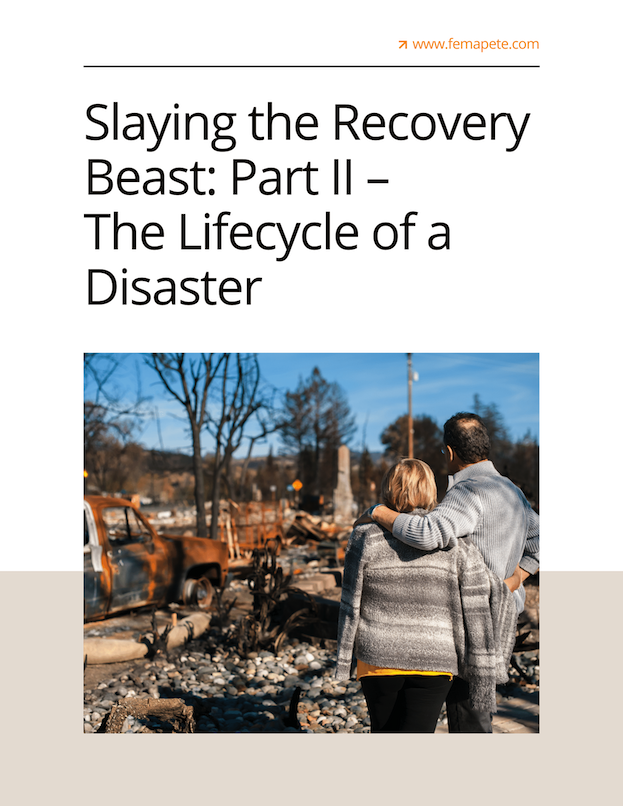
Blog
Stay informed—subscribe for valuable insights, expert articles, and leadership strategies
CNN Opinion: Our disaster responders are exhausted. This puts Americans at risk
Emergency management professionals are the backbone of disaster response, working tirelessly to help communities recover from hurricanes, wildfires, floods, and more. However, increasing demands and chronic burnout threaten their ability to respond effectively.
Forging the Next Generation of Crisis Leaders
AEM Bulletin: Former FEMA Administrator Pete Gaynor discusses the increasing frequency of natural disasters and the need for proactive development of crisis leaders. Gaynor emphasizes the importance of investing in leadership training to ensure preparedness for future crises, highlighting the need for skills in AI, resource management, and climate change adaptation.
CNN Opinion: Our Disaster Responders are Exhausted. This Puts Americans at Risk
Former FEMA Administrator Pete Gaynor highlights the dire state of America's disaster response workforce in this op-ed. As natural disasters increase in frequency and severity, emergency managers face unprecedented burnout, leading to staffing shortages and increased risks for all Americans.
Slaying the Recovery Beast: The Need for Program Management in Disaster Recovery
Prepare, mitigate, respond, recover. It’s a cycle I have been through thousands of times. Navigating hundreds of disasters and crises ranging from small to seemingly impossible is all part of the job when you are leading emergency management agencies at the local, state, and federal levels.
Slaying the Recovery Beast: Part II – The Lifecycle of a Disaster
What is the lifecycle of a disaster? First, there’s the actual disaster: implementing emergency protective measures, and doing everything possible to save lives and minimize property damage while the threat is active. Once the threat to human life has subsided, we enter the next stage…
Slaying the Recovery Beast: Part I – The Need for Program Management in Disaster Recovery
There is a tendency in our field to focus only on the first half of recovery. We all generally agree the recovery starts immediately after the response and think it’s over when the FEMA Joint Field Office leaves town. But when we view the finish line as the day when most of the Individual and Public Assistance missions have wrapped up, we miss the most important (and hardest) part…







